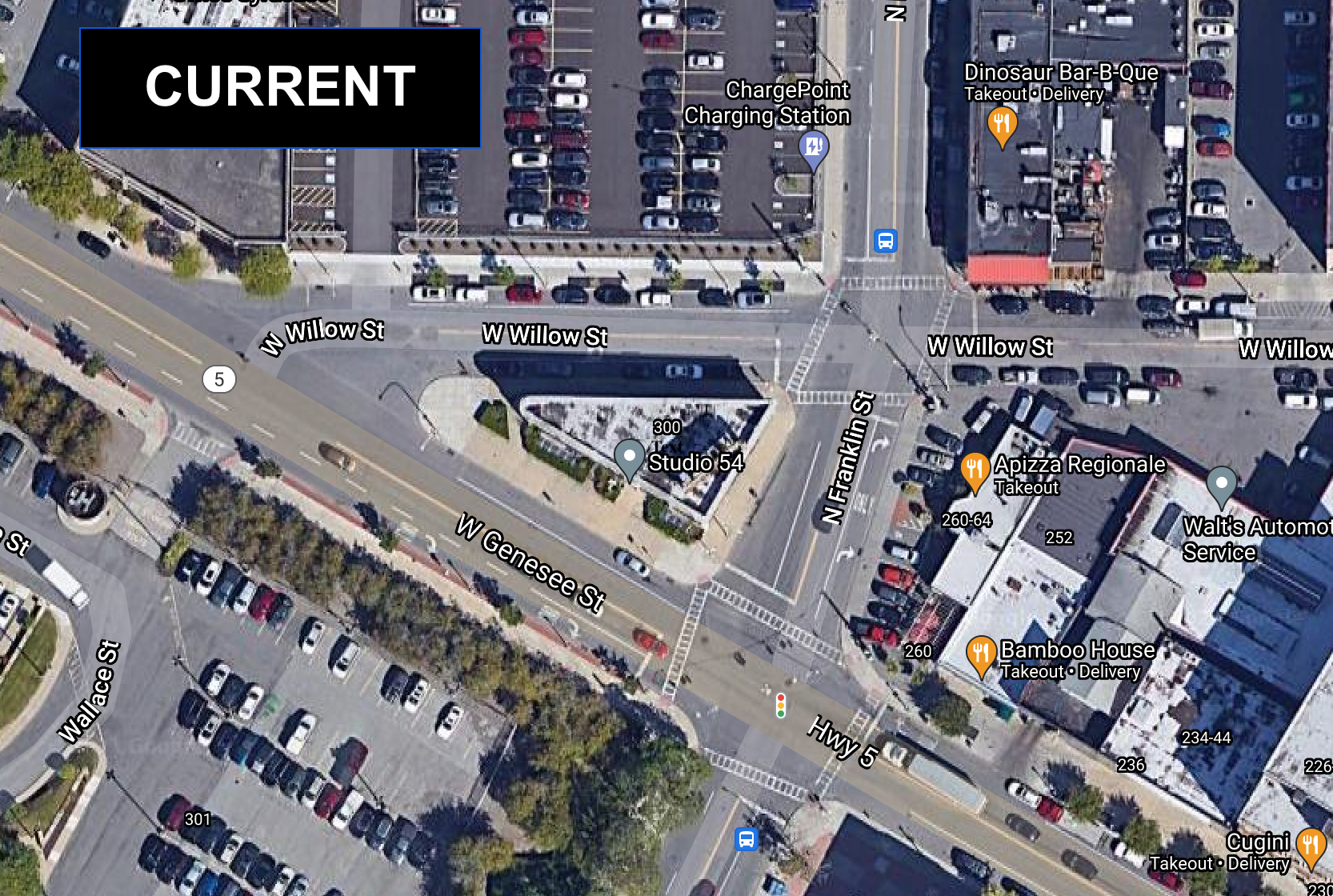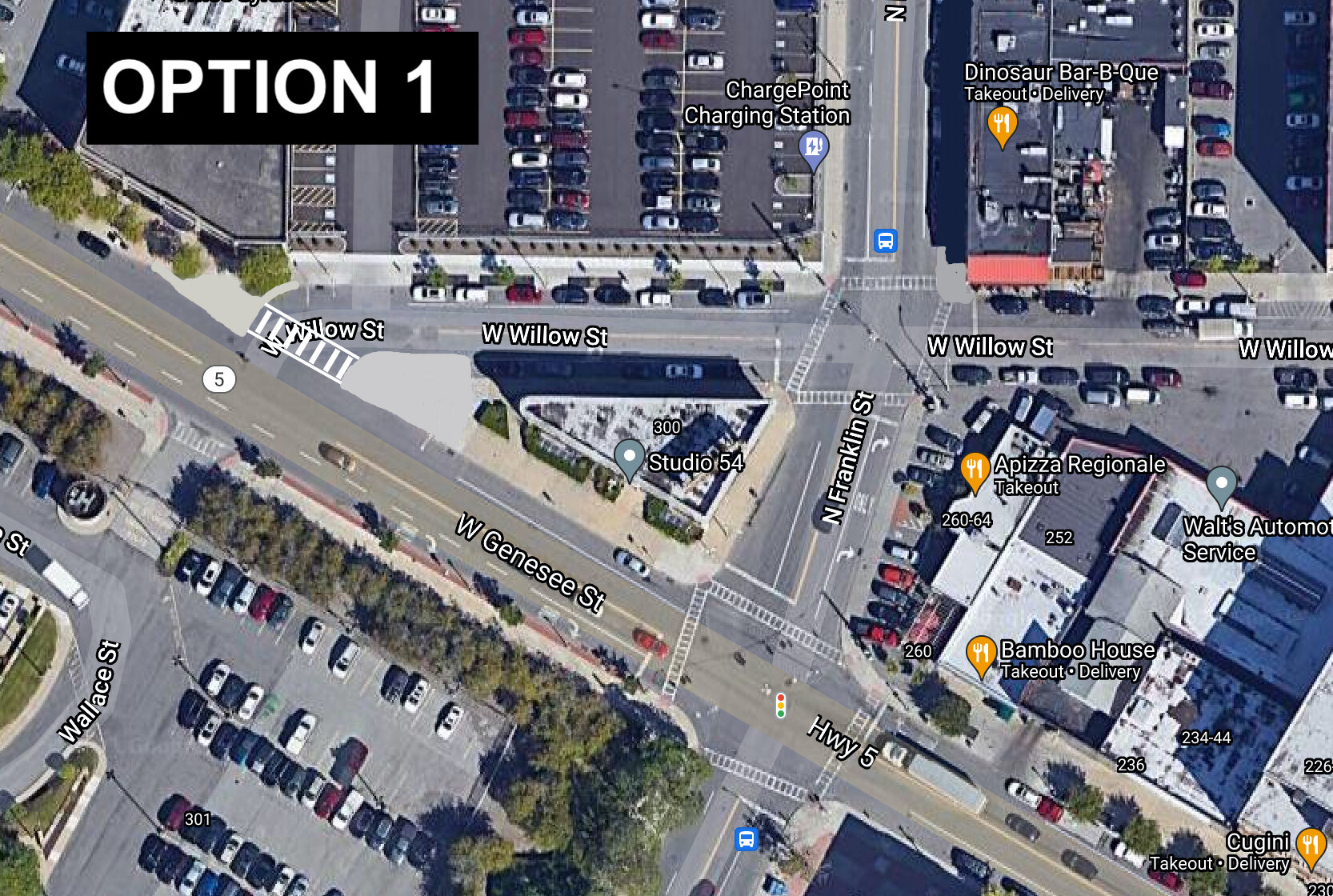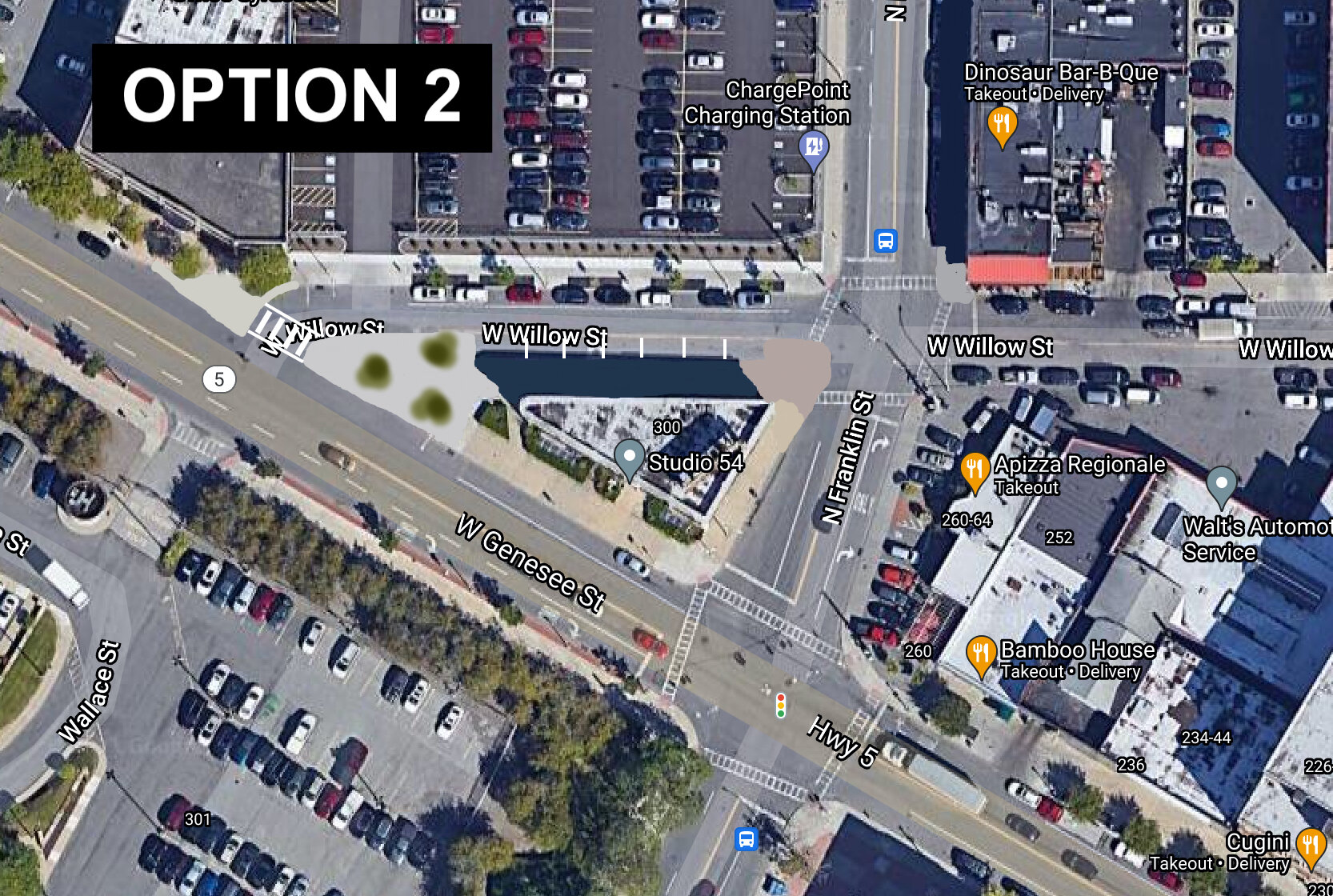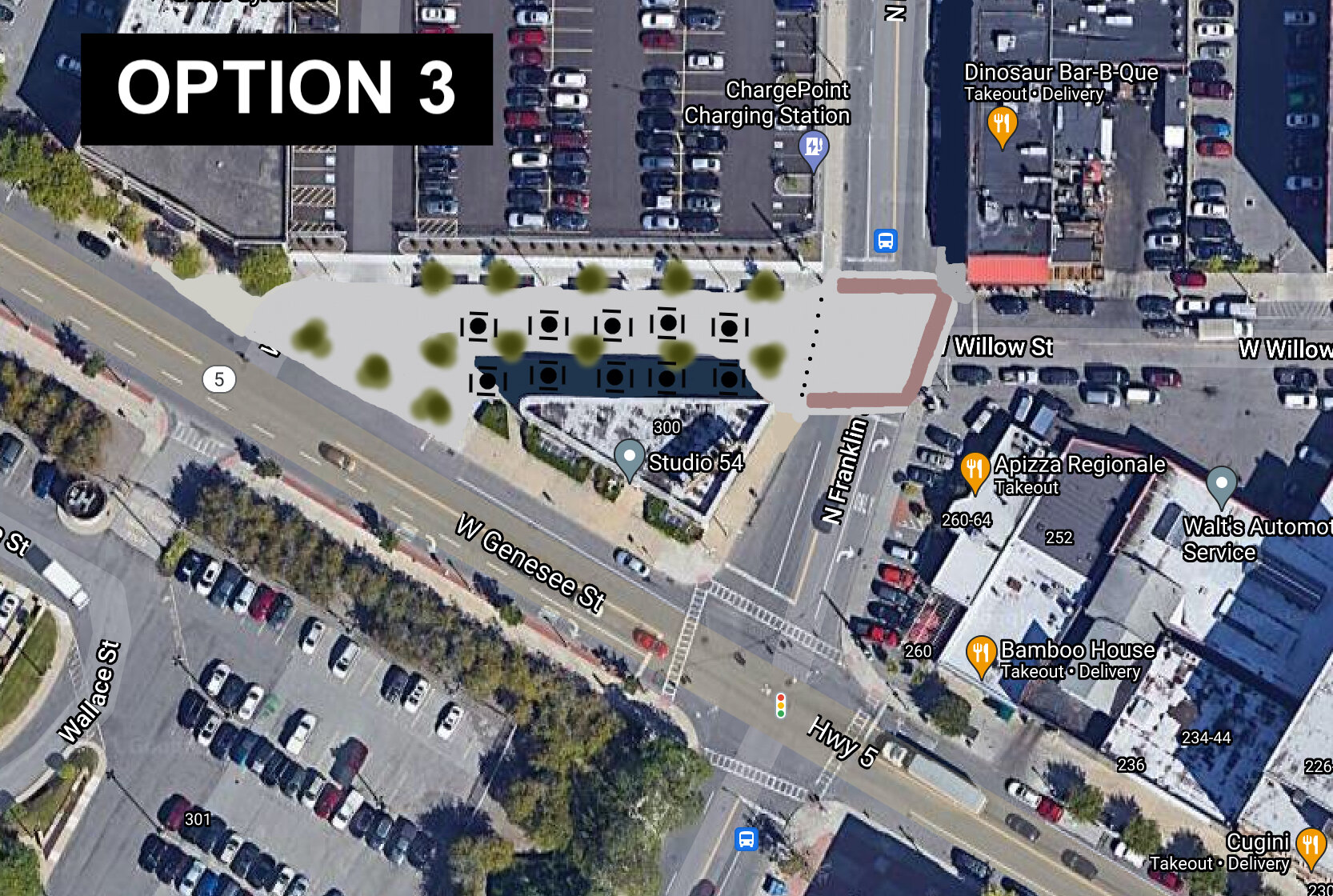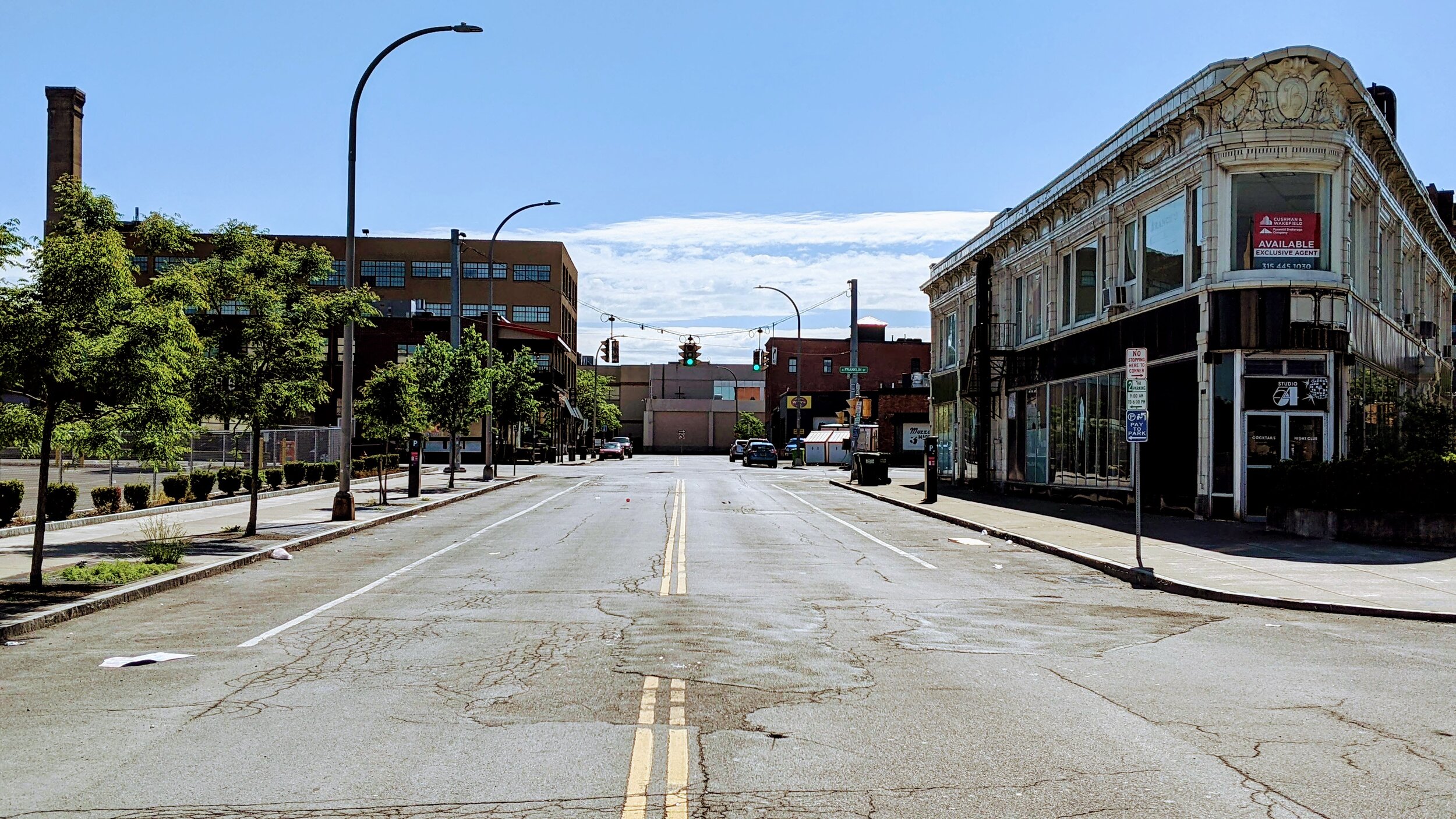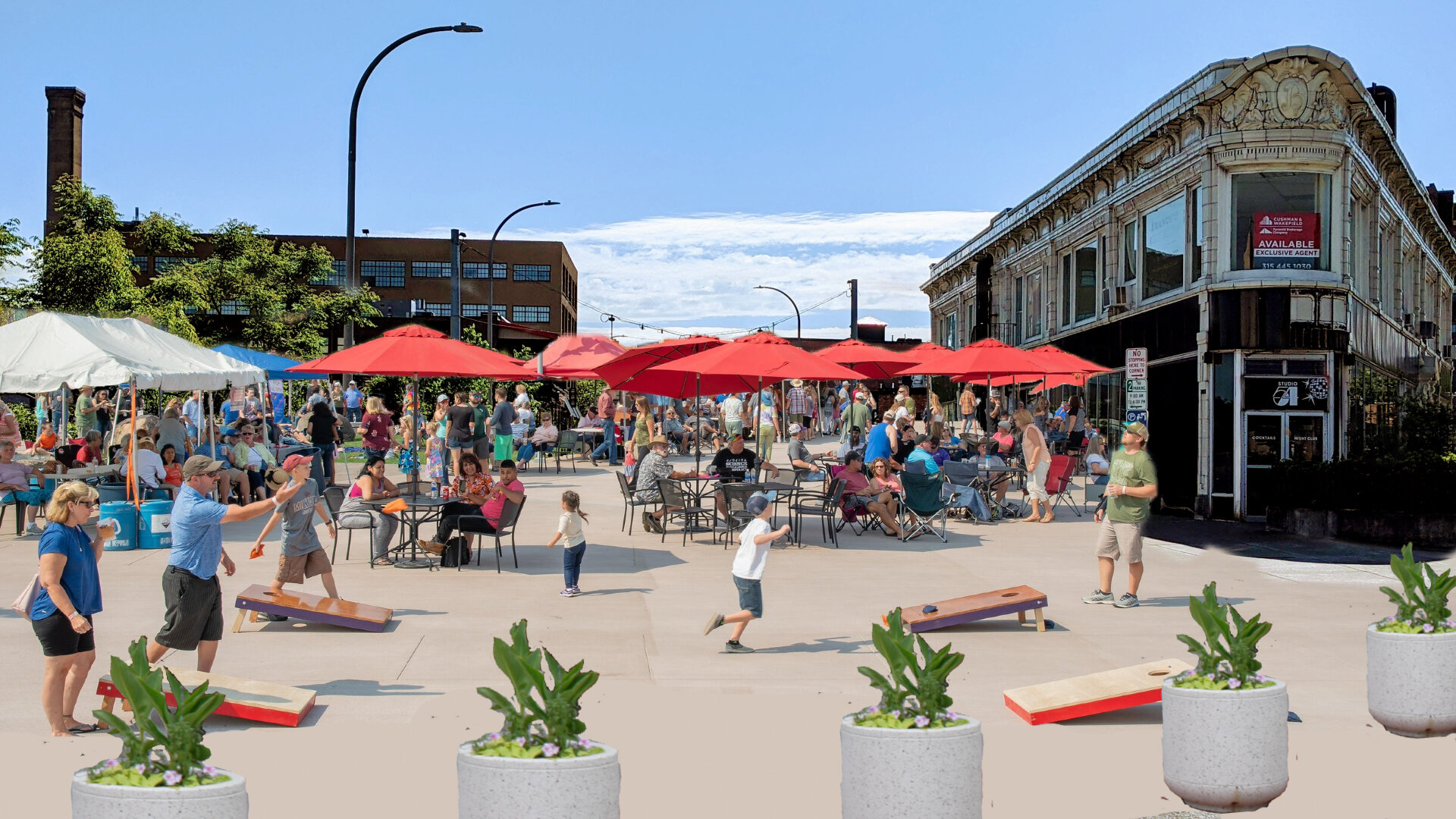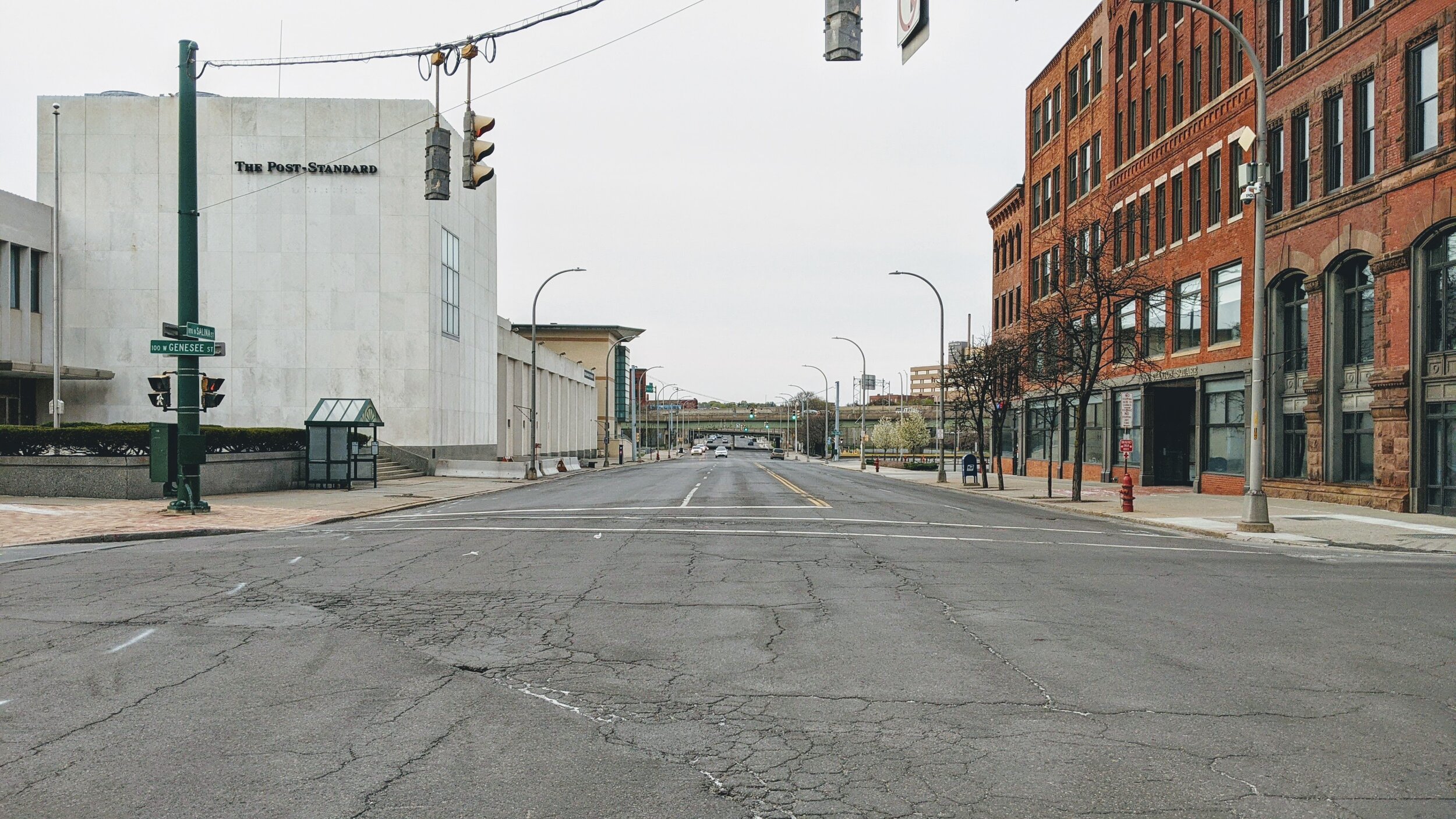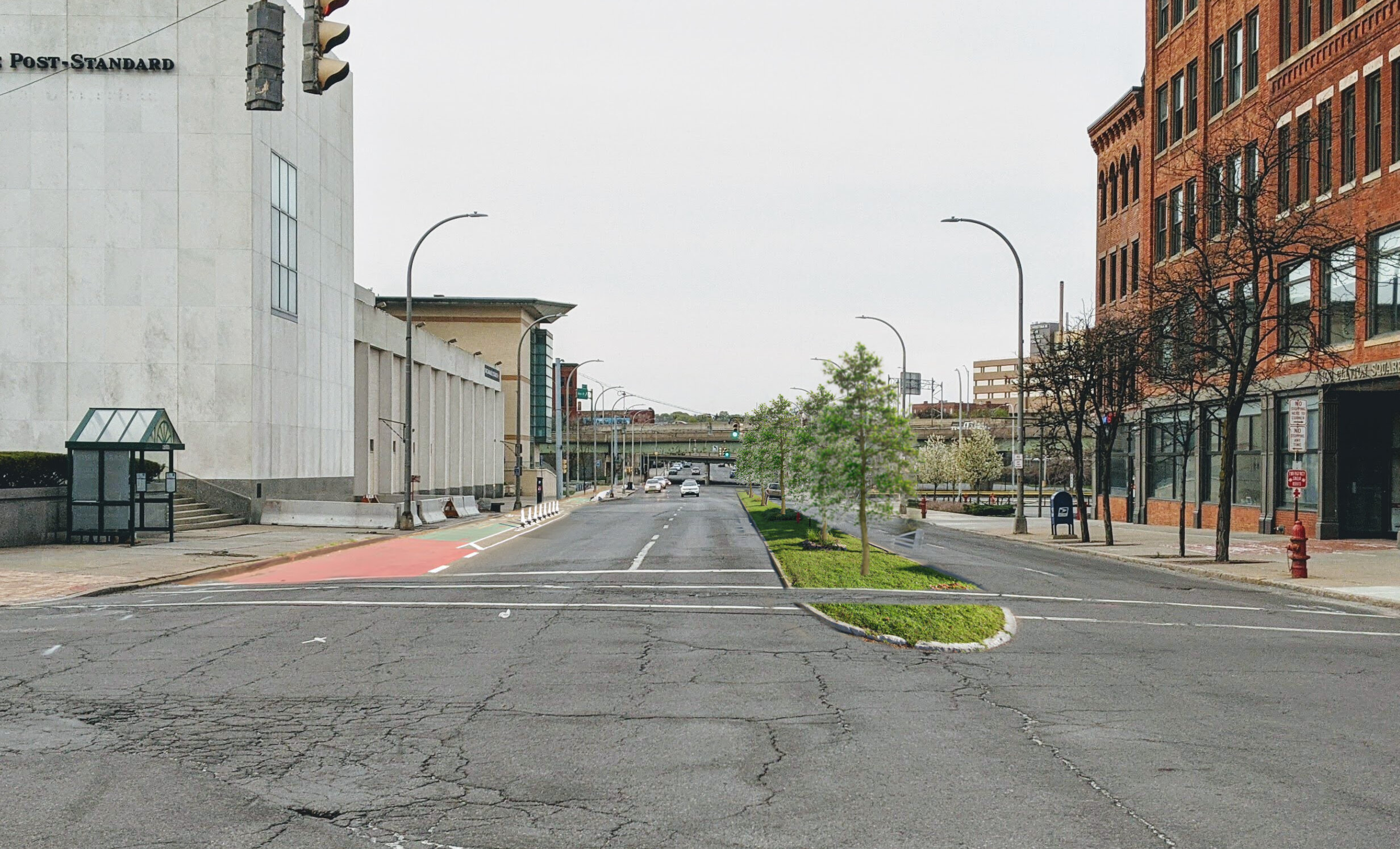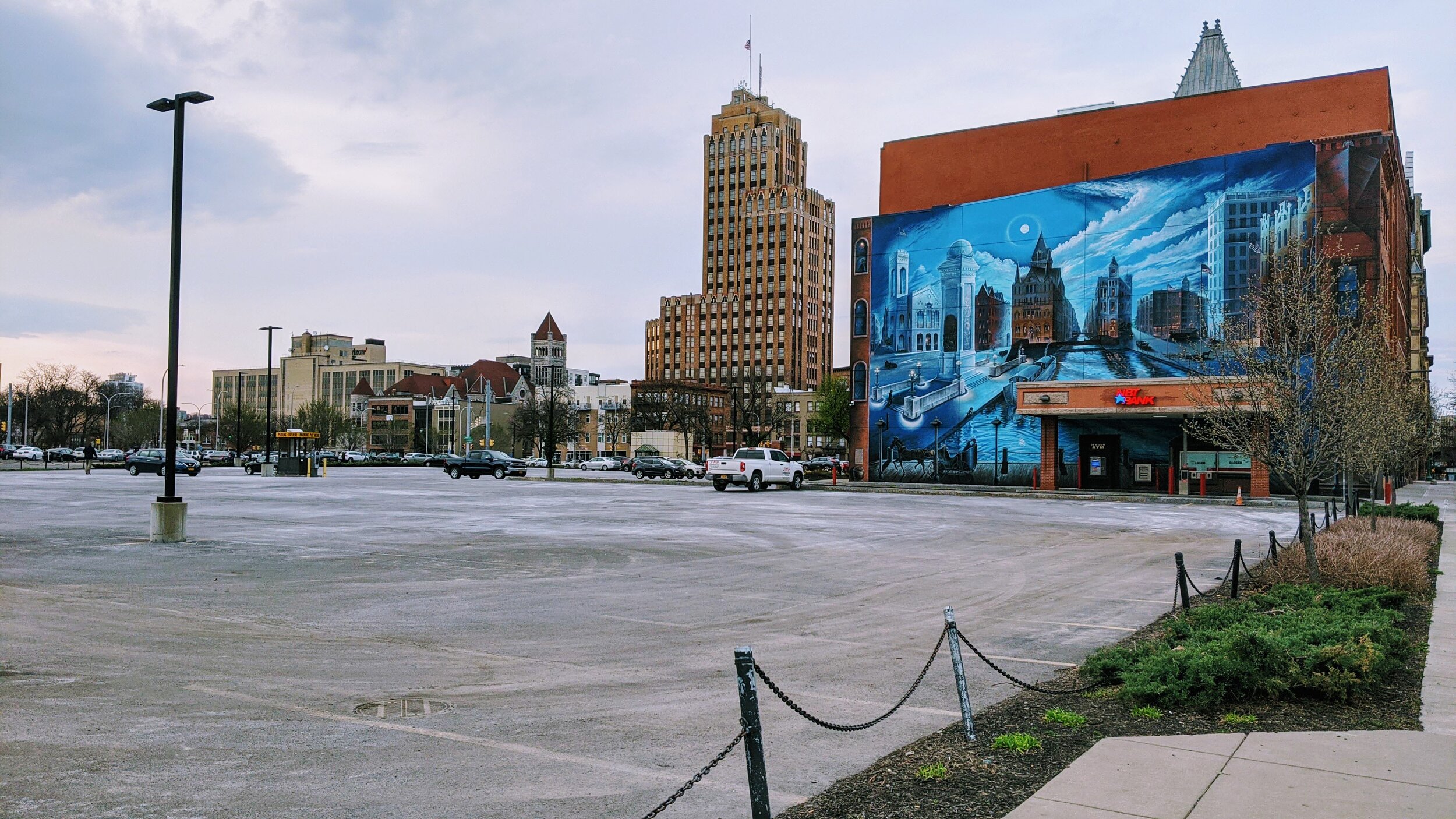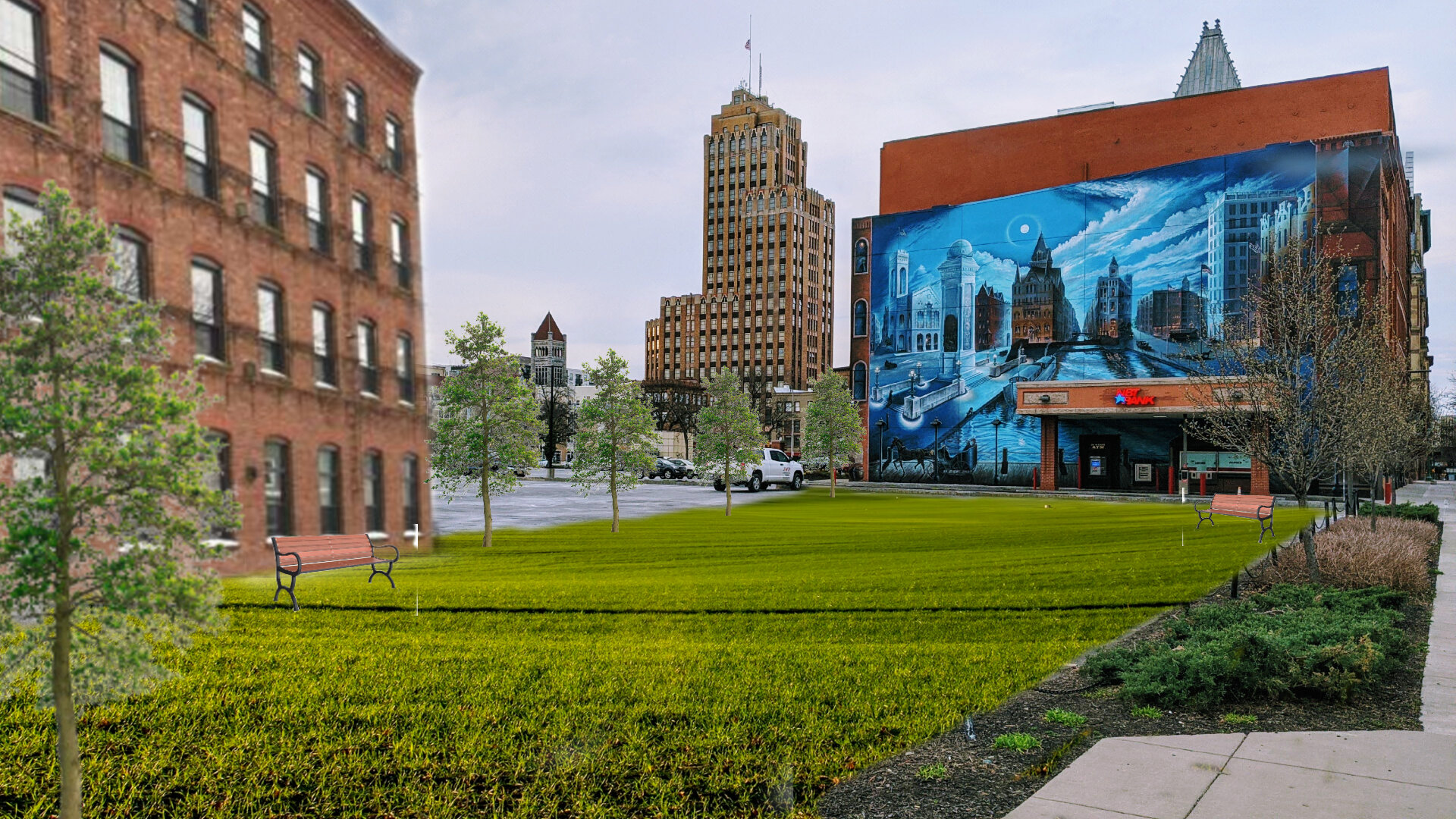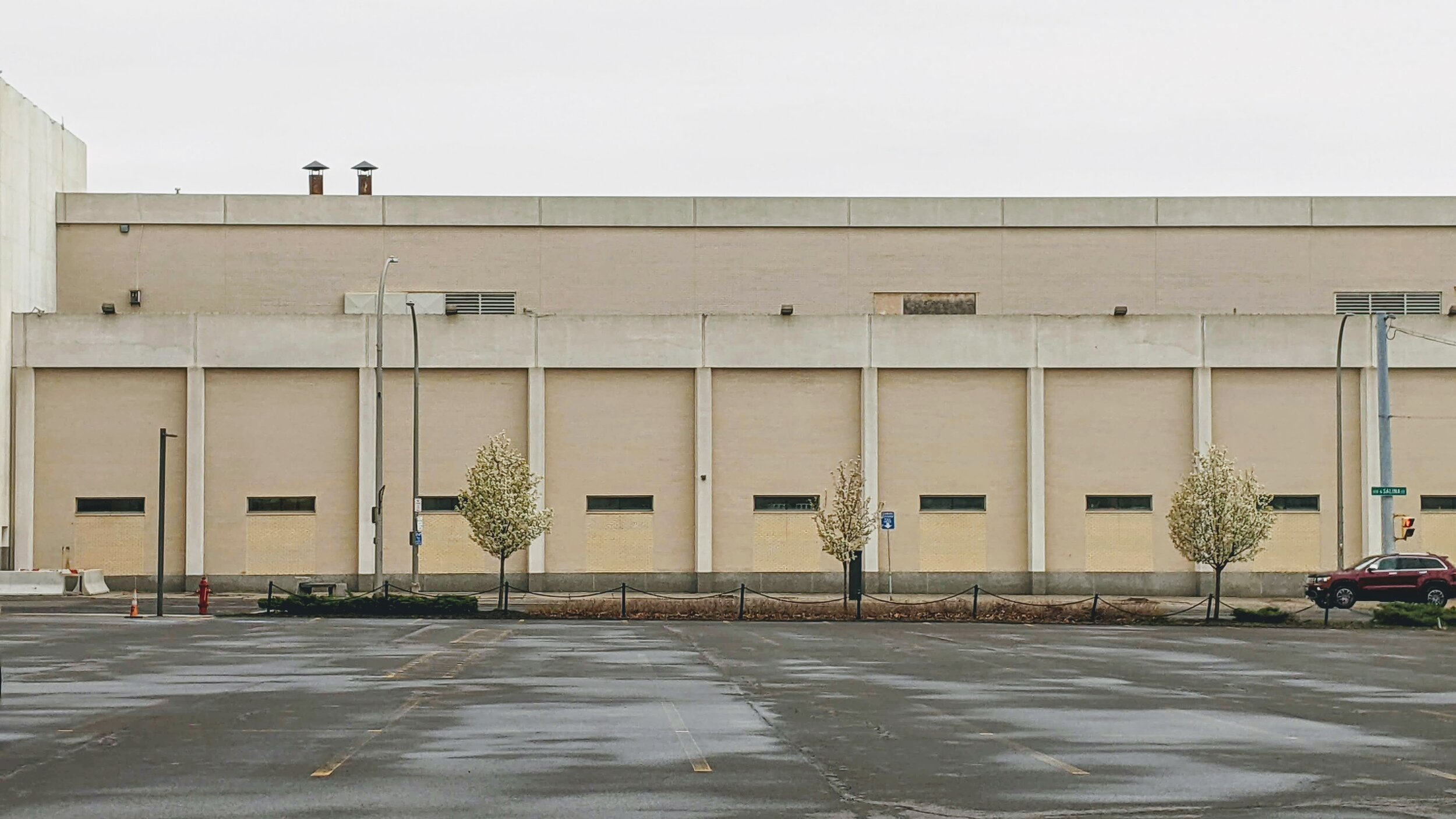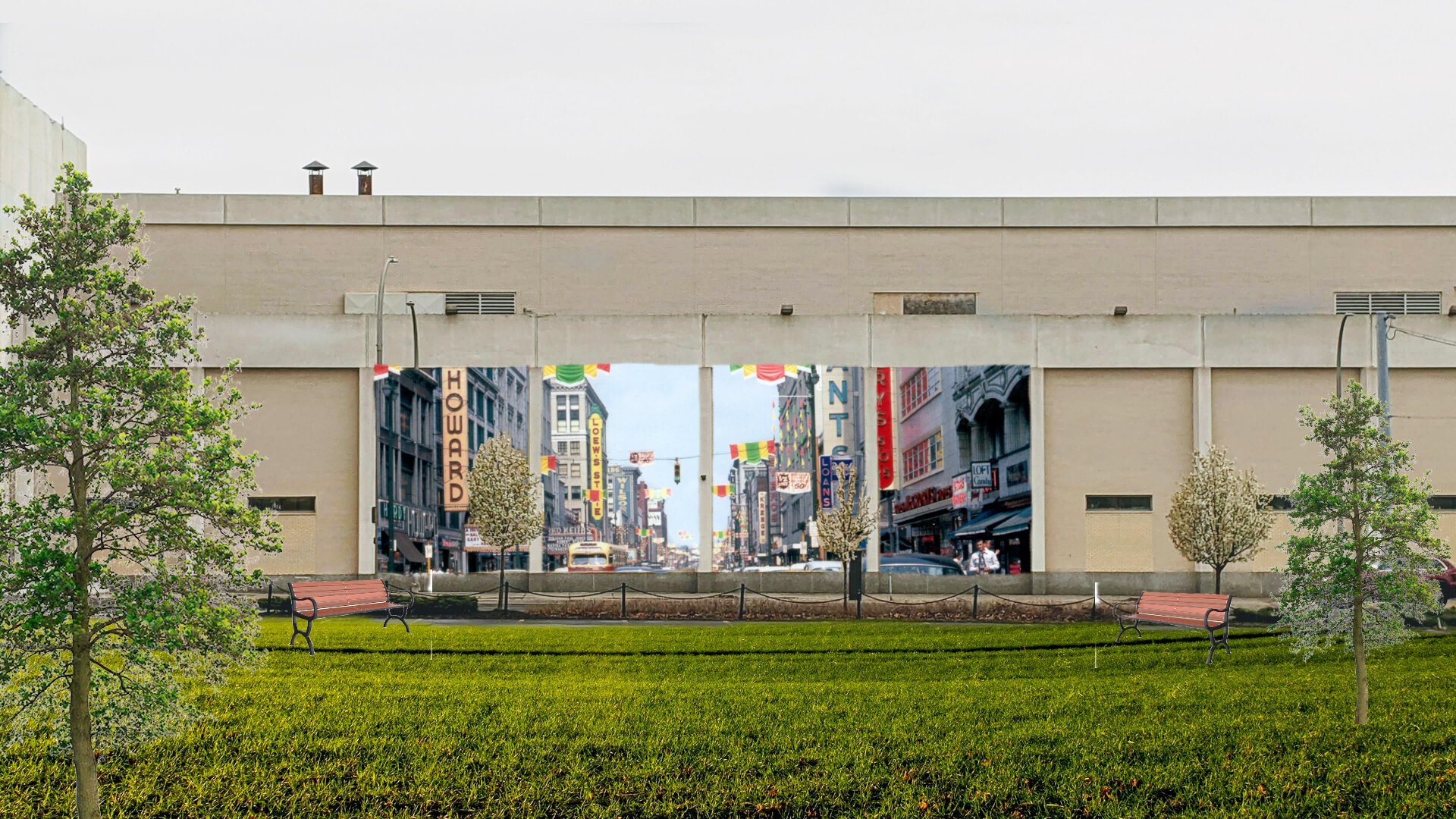City streets have evolved over centuries and attempt to adapt with new technologies. From people on foot and horses, to bicycles and trolleys, and eventually to a sea of cars and trucks. While the streets of over a century ago seem chaotic and congested by today’s standards, they did a better job of providing access to people in all modes of transportation than we do now.
In fact, when cars were introduced in mass to city streets many residents protested against them as they were seen as killing machines. Children were a frequent casualty of the new technology, leading many parents to fear for their safety. The eventual domination of cars, through intense lobbying efforts by their manufacturers, also led to all other forms of transportation losing the access they once enjoyed. Public transportation was defunded and slowed down due to the prioritization of private vehicles. Bikes were pushed onto the sidewalks or into parks, with a small minority of riders braving the streets shared with cars (in some ways this was a result of the “vehicular cycling” movement lead by John Forester in the 1970s). Pedestrians slowly saw their access to sidewalks diminish as roadways expanded, and many suburbs never even built out sidewalks to begin with.
Over the last 50 years, we’ve seen annual deaths related to car crashed hover between 30,000 and 40,000 per year. As we improved safety for those inside of the vehicles, we’ve made it more dangerous for everyone outside of them. During the Covid-19 pandemic, when travel was curtailed and most of us stayed home as often as possible, deaths related to vehicles increased. The combination of larger vehicles, higher speeds, and more people spending time outside for health reasons was deadly.
But what about the quickly approaching dawn of the autonomous vehicle (AV) age? Surely, that will help improve safety for everyone involved.
If you’ve listen to Malcolm Gladwell’s podcast Revisionist History (which I am admittedly a fan, even if the AV episode was poorly done), or paid any attention to the near constant presence of Elon Musk in the news, you’d imagine that AVs are right around the corner and will change everything. They promise to provide door-to-door service while allowing their occupants to read, talk on the phone, or work on the way. Gladwell was especially excited about the gentle breaking and measured movements Waymo performed while he attempted to surprise it.
How close are we really to a full AV world?
Tesla continues to say that full on AV is only months away, after years of proving false. They’ve rolled out “Autopilot” which still requires full driver attention to operate, and has resulted in tragic crashes when drivers have put too much faith into it. Even the over-promoted hyper loop, with its first attempt now in operation in Las Vegas, requires drivers to be present in a tunnel solely built for them. The video below is so breathless about a technology that carries less people, and is less automated, than an average airport people mover.
So much of the coverage has been about how AV technology will make it safer and more convenient for people inside the vehicle, but the pedestrian experience often takes a back seat. Reports of difficulty seeing individuals with darker skin tones and confusion over bikes can lead to avoidable disasters. Some have begun arguing that pedestrians and cyclists need to be even further removed from roadways, or required to wear devices that communicate with AVs. Others just completely forget that pedestrians exist and believe AVs will be able to completely solve traffic congestion, as the YouTuber CPG Grey believes in the video below.
AVs can be seen as a way of getting us closer to the supposed utopian vision of “Futurama” from the 1939 World’s Fair, an exhibit presented by GM that featured high speed car access to central cities without a single pedestrian in sight. Futurama was a dangerous fiction then and continues to encourage engineers/tech giants to focus solely on vehicle access. No matter what we do, people will always travel on foot at some point during their day, and we should be encouraging more of it instead of encouraging more car usage. Walking has been shown to improve both physical and mental health, is beneficial to the environment, as well as provides economic/social benefits for all.
AVs will eventually make their way into society, but we need to decide where they fit and what type of future we want for our city streets. Here’s my vision for that future:
We first need to pump funding into developing strong public transit and bike networks, which move far more people than private vehicles ever will. With the advent of AVs owning your own vehicle is no longer needed. Car shares can become much more efficient and affordable, resulting in far fewer vehicles on the road. While public transit should carry the majority of workday trips between population and commercial centers, AVs can fill in the gaps.
Our city centers and neighborhoods should be primarily the domain of pedestrians and cyclists, much like Dutch cities and the super blocks of Barcelona are now. Provide access by AVs on the outskirts, with exemptions for the elderly and disabled who’s vehicles would travel at slow, safe speeds within these destinations. Transit would travel into these areas on dedicated rights-of-way, primarily repurposed streets from our current network, with pedestrianized areas surround stations and stops. By freeing the majority of streets from vehicles, or at least greatly reducing the number of vehicles with access, streets can become parks, restaurants, and gathering spaces. Instead of restricting people for the benefits of AVs, we should be restricting AVs for the benefit of people.
The best part is, we don’t need to wait for AVs to become a reality for us to begin these changes. These changes can be implemented now and we can start reaping the benefits. Car share is successful in many other countries, with easy access within a short walk. The Barcelona super blocks still provide car access to residents, at highly reduced speeds, while keeping out most other vehicles, which has freed up space for playgrounds and greenery. Every city has at least a few streets they could close off right now to vehicles and start implementing these measures. And when AVs come we can just double down on the efforts we’ve already begun.
Let’s make the future safe for people, not cars.




